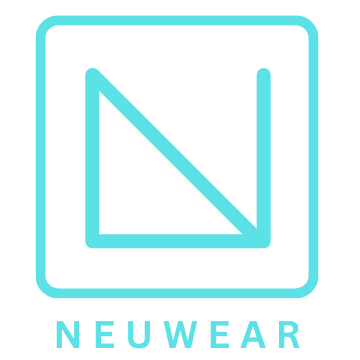
DTF vs DTG vs Vinyl vs Embroidery: Which Print-on-Demand Method is Right for You?
Share
If you're venturing into the world of custom apparel, selecting the appropriate printing method is crucial. Let's delve into the four primary techniques: DTF (Direct to Film), DTG (Direct to Garment), Vinyl Heat Transfer, and Embroidery.
1. 🎨 DTF (Direct to Film)
Overview:
DTF involves printing designs onto a special film, applying adhesive powder, and then heat-pressing the design onto the fabric.
Pros:
- Vibrant colors on both light and dark fabrics.
- Suitable for various materials: cotton, polyester, blends
- Durable and stretch-resistant
Cons:
- Slightly rubbery feel
- Requires specific equipment and materials
Best For:
Full-color designs, small batch orders, and detailed artwork.
Image:



2. 🖨️ DTG (Direct to Garment)
Overview:
DTG uses inkjet technology to print directly onto the fabric, allowing for high-resolution images.
Pros:
- Soft feel on fabric
- Excellent for photo-realistic prints
- Ideal for light-colored cotton garments
Cons:
- Less vibrant on dark fabrics without pretreatment
- Best suited for 100% cotton
Best For:
Detailed, soft-touch designs on light-colored cotton apparel.
Image :

3. ✂️ Vinyl Heat Transfer
Overview:
Designs are cut from colored vinyl sheets and heat-pressed onto the fabric.
Pros:
- Crisp, bold colors
- Good durability
- Great for text and logos
Cons:
- Not ideal for complex designs or gradients
- Vinyl can crack or peel over time
Best For:
Team uniforms, bold text, and minimalistic graphics.
Image :

4. 🧵 Embroidery
Overview:
Designs are stitched directly onto the fabric with thread, offering a textured and premium finish.
Pros:
- Long-lasting and durable
- Professional appearance
- No fading or cracking
Cons:
- Not suitable for intricate or tiny details
- Higher cost per unit
Best For:
Corporate apparel, caps, polos, and luxury branding.
Image :


| Printing Method | Best For | Fabric Compatibility | Durability | Setup Cost |
|---|---|---|---|---|
| DTF | Versatile designs | Cotton, blends, synthetics | ★★★★☆ | Medium |
| DTG | Photo-quality prints | 100% cotton | ★★★☆☆ | Medium-High |
| Vinyl | Text/logos | Most fabrics | ★★★☆☆ | Low |
| Embroidery | Premium branding | Most fabrics | ★★★★★ | High |
🏁 Conclusion
Each printing method offers unique advantages:
- DTF: Ideal for vibrant, detailed designs across various fabrics.
- DTG: Best for soft, high-resolution prints on cotton garments.
- Vinyl: Suitable for bold, simple designs and text.
- Embroidery: Offers a premium, durable finish for logos and branding.
Choose the method that aligns with your design needs, fabric choices, and budget to ensure the best results for your print-on-demand products.
